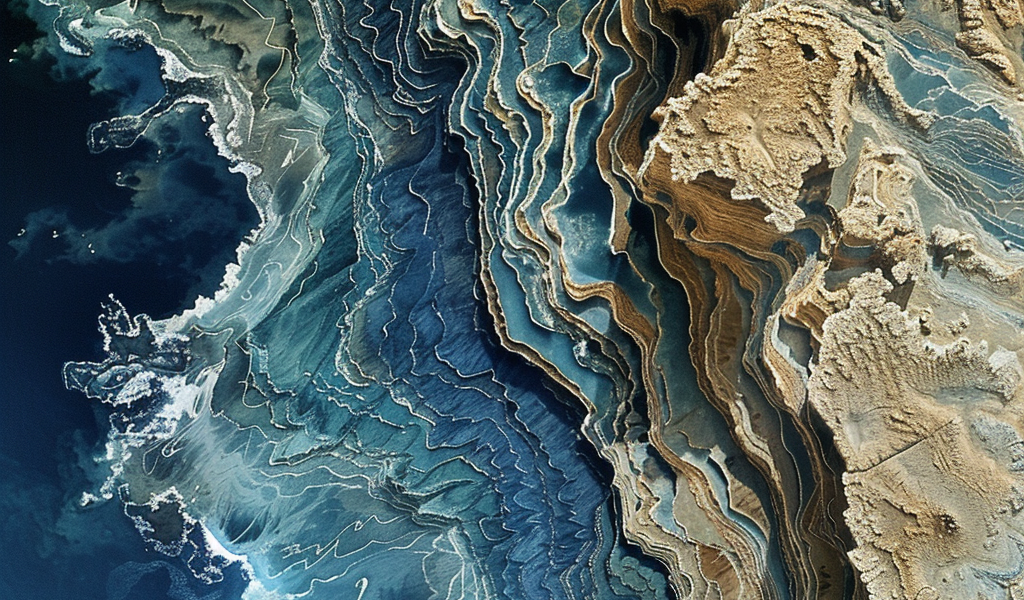Earth’s Crust Flipped Upside Down After ‘Nosediving’ Beneath The Mediterranean
As Africa and Eurasia slowly collide, Earth’s rumblings paint a seismographic picture of what once was a piece of our planet’s surface now lying upside down deep beneath the Mediterranean.
Spain’s unusually prone to rare, deep earthquakes, and a new study suggests this capsized tectonic slab might have something to do with it.
Geologists Daoyuan Sun from the University of Science and Technology of China and Meghan Miller from Australian National University explain that since 1954, there have been five closely located large deep‐focus earthquakes with depths greater than 600 kilometers beneath the Spanish city of Granada. Earthquakes at such depths are usually followed by significant aftershocks. But when Sun and Miller examined seismic data from Spain’s 2010 earthquake, there were no aftershocks to be seen.
When tectonic plates push into each other, they’re often displaced so one slides beneath the other in a process called subduction. Sometimes these collisions destroy the sinking part of the plate, raising the crust to create mountains and interlocking the two plates’ fates as one. Other times the wrestling crusts will remain separate but stacked, with one slab gradually sinking further towards Earth’s mantle. This is what’s happening at the border between the African and Eurasian plates, where the Mediterranean floor is gradually sinking beneath Europe.
A subducted slab forms hydrous magnesium silicates in its uppermost layers when they’re exposed to ocean water. As the slab sinks, these silicates dehydrate and become more brittle, becoming more prone to earthquakes and slowing seismic waves in a way that can be detected by





